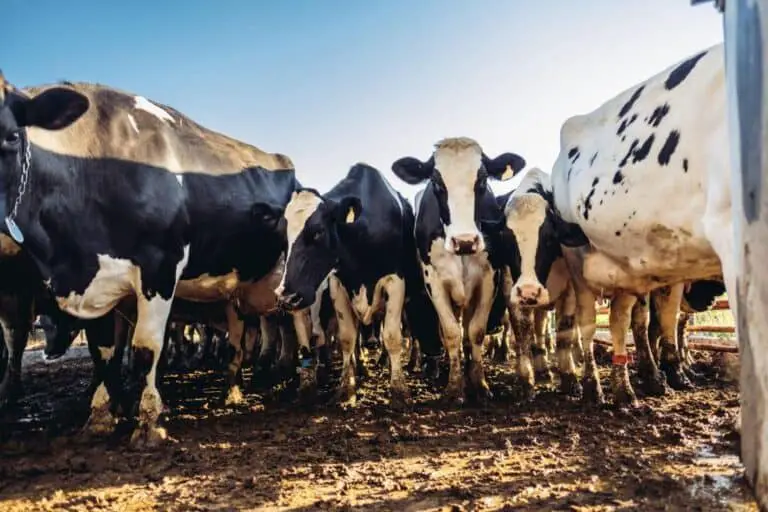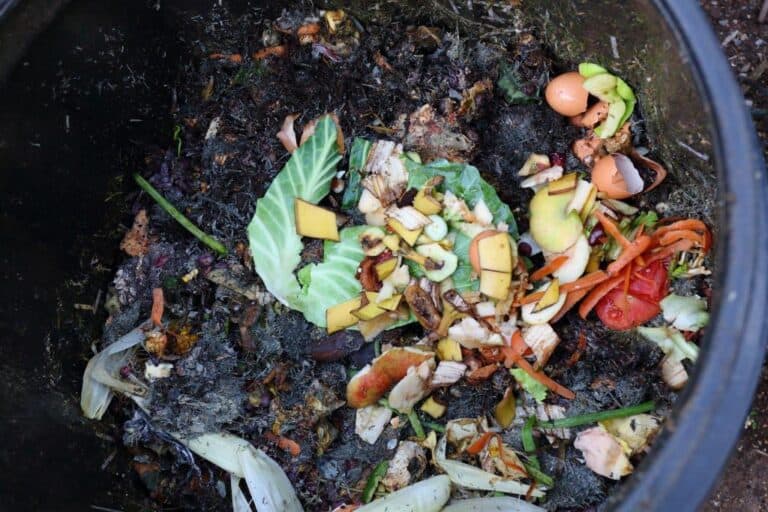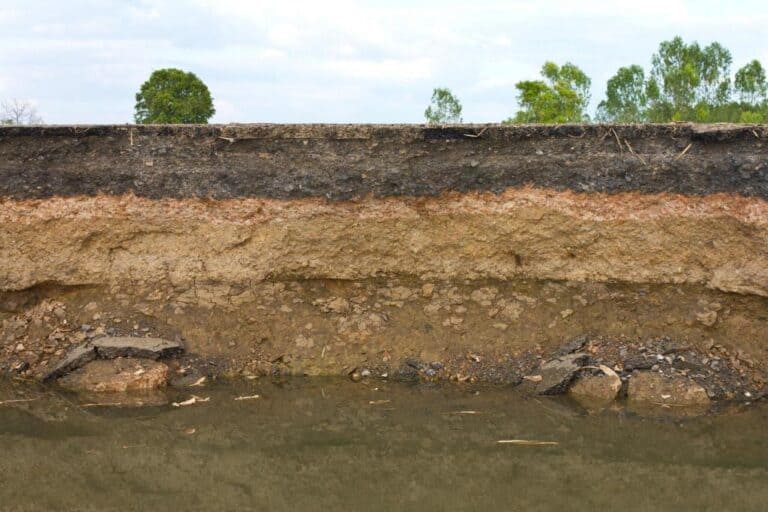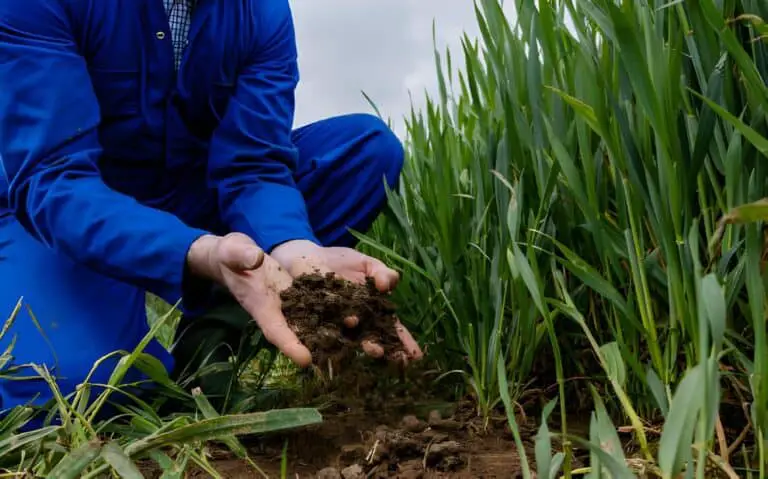Do You Need to Pull Weeds Before Mulching? Tips for Weeds Control
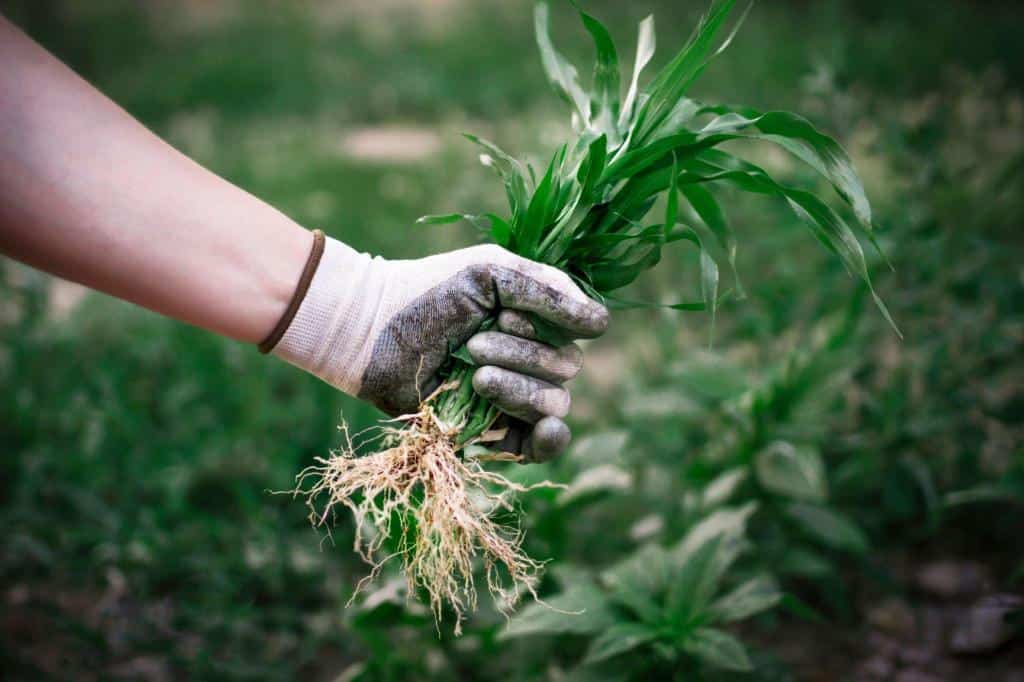
Mulching is a great way to keep your garden healthy and vibrant, but it can be confusing to know whether or not you should pull weeds before mulching. After all, mulch is supposed to prevent weed growth, right?
If you’re like most gardeners, you’re probably wondering what steps you need to take to keep your beds looking healthy and beautiful. One common question that often comes up is whether you should pull weeds before applying mulch.
Well, we’ve got the answer for you! Mulch is a great way to suppress weed growth and keep your soil moist, but should you take the time to weed before spreading it around?
In this article, we’ll explore the benefits and drawbacks of both options, so you can make an informed decision and keep your garden in tip-top shape. So, let’s get digging!
Importance of Mulching in Gardening
Mulching is an important part of gardening that helps plants and soil in many ways. Mulch is a layer of organic or inorganic material spread over the soil to protect and enhance it. In gardening, mulching is like a magic potion that helps to improve plant growth and soil health.
One of the main benefits of mulching is its ability to retain moisture in the soil. It helps to reduce water loss due to evaporation, keeping the soil moist for longer periods. This is particularly beneficial in dry regions, where water is scarce and precious. Mulching also helps to maintain a more stable temperature in the soil, protecting the roots from extreme heat or cold.
Mulching is also beneficial for suppressing weed growth. Weeds compete with plants for water, nutrients, and sunlight. This causes plants to grow more slowly and produce less. Mulch acts as a barrier, preventing weed seeds from germinating and growing. This means less time and effort spent on weddings, and more time enjoying the beauty of your garden.
Another essential benefit of mulching is that it helps to improve soil health. Organic mulches, such as compost, leaves, or grass clippings, break down over time, adding nutrients to the soil. This improves soil structure and fertility, promoting healthy plant growth. Inorganic mulches, such as stones or gravel, do not break down but still help to protect the soil from erosion and water loss.
Do You Need to Pull Weeds Before Mulching?
A well-manicured garden is a beautiful sight to behold, but it takes a lot of effort to achieve. Weeding before mulching is one of the tasks that many gardeners frequently neglect.
While mulching is an essential practice in any garden, it is equally important to pull weeds before applying mulch. This is because the process of mulching involves covering the soil with a layer of material, which provides the perfect environment for weed growth.
So, do you need to pull weeds before mulching? The answer is a resounding yes, and here’s why.
- Pulling weeds before mulching helps to prevent weed growth. Mulch provides a warm, moist, and dark environment that encourages weed seeds to germinate and grow. This means that if you don’t pull the weeds before applying mulch, you’ll be creating a weed bed instead of a garden. Weeds are not only unsightly, but they also compete with your plants for essential nutrients, water, and sunlight. As a result, your plants will grow weaker and become more susceptible to diseases and pests.
- Pulling weeds before mulching improves plant health. Weeds are known to harbor pests and diseases that can easily spread to other plants in your garden. Removing weeds before mulching, therefore, helps to reduce the risk of plant infections and infestations.
- Pulling weeds improves soil aeration, which allows plant roots to breathe and absorb essential nutrients more efficiently.
- Pulling weeds before mulching enhances visual appeal. A garden full of weeds and unkempt areas can be unsightly and detract from your home’s curb appeal. By pulling weeds and mulching your garden, you’ll create a clean and polished look that is sure to impress your visitors.
Risks of Not Pulling Weeds before Mulching
Mulching is a common thing gardeners do because it helps keep the soil moist, keeps the soil at the right temperature, and stops weeds from growing. However, if you fail to pull weeds before mulching, you’ll be creating a hospitable environment for weeds to grow, which can have several negative impacts on your garden. Here are some of the risks of not pulling weeds before mulching.
One of the most significant risks of not pulling weeds before mulching is that weeds can become a nuisance and overtake your garden. Weeds are opportunistic plants that can grow in any environment, and they can quickly spread and become invasive.
They can take over your garden, choking out your desirable plants and stealing nutrients and water from them. This can lead to stunted plant growth, reduced yields, and even plant death.
Another risk of not pulling weeds before mulching is that weeds can harbor pests and diseases. Weeds are natural hosts for many pests and diseases that can affect your garden plants. By allowing weeds to grow and spread, you’re creating a breeding ground for these pests and diseases. As they multiply, they can easily spread to your desirable plants, causing significant damage and reducing yields.
Not pulling weeds before mulching can also lead to a significant increase in the time and effort required to maintain your garden. Weeds are persistent and can quickly regrow even after being pulled out. If you don’t remove them before mulching, they will continue to grow and spread, which means you’ll need to spend more time and effort pulling them out in the future. This can be a frustrating and time-consuming task, which can take away from the enjoyment of gardening.
Finally, not pulling weeds before mulching can also impact the appearance of your garden. Weeds are unsightly and can detract from the overall aesthetic of your garden. They can make your garden look unkempt, messy, and unappealing. This can be a significant concern, especially if you have visitors or are trying to sell your home.
Do Weeds Grow Back If You Pull Them?
The answer to the question of whether weeds grow back after being pulled is not a simple yes or no.
Weeds are incredibly resilient plants that have adapted to survive in various environments. While pulling weeds may seem like a simple solution to getting rid of them, it’s not always as straightforward as it seems.
The reason for this is that some weeds can regenerate from even the smallest pieces of their roots left behind in the soil. If you only pull out the visible parts of the weed and leave some of the roots behind, the plant can regrow from those remaining roots. This means that if you don’t remove the roots entirely, the weed will continue to grow, and you’ll have to pull it out again later.
To prevent weeds from growing back, it’s essential to use the proper technique when pulling them. A weed puller tool is an excellent option as it helps to remove the entire root system. Alternatively, you can use a screwdriver to dig down and loosen the soil around the roots before gently pulling the entire weed out. By pulling the weed out by the roots, you’ll remove the entire plant, including the roots, reducing the chances of regrowth.
Some weeds are more resilient than others and can regrow even if you remove the entire root system. This is especially true for perennial weeds like dandelions and bindweed, which have deep root systems and can regrow even after they’ve been pulled. In cases like this, it may be necessary to use herbicides or other control methods to eliminate the weed completely.
Best Practices for Weed Removal before Mulching
Weed removal before mulching is a crucial step to ensure the health and vitality of your garden. However, you need to follow best practices to avoid damaging your desired plants or leaving any weed roots behind. Here are some tips for effective and safe weed removal before mulching.
- It’s best to weed when the soil is moist, as it makes it easier to pull out the entire root system. Dry soil can cause the roots to break, leaving some parts behind to regrow. Additionally, moist soil makes it easier to distinguish between the weeds and your desired plants.
- It’s essential to pull out the entire weed, including its roots. Weeds can grow back from any part left behind, so removing the entire root system is crucial to prevent regrowth. Use a trowel or garden fork to dig around the weed’s base, gently loosening the soil to pull out the entire root system.
- After pulling, you must dispose of the weeds properly. Do not leave them in your garden or compost heap, as they can re-root or spread their seeds. Instead, place them in a garbage bag and dispose of them in your regular trash or municipal green waste bin.
- Mulch immediately after weeding to prevent new weed growth. Mulch acts as a barrier to weed seeds, preventing them from taking root and growing. Additionally, mulch helps to conserve moisture and regulate soil temperature, creating a more conducive environment for your plants to grow.
- Finally, it’s important to choose the right type of mulch for your garden. Organic mulch, such as compost, leaves, or grass clippings, can provide nutrients to the soil as it decomposes. Inorganic mulch, such as stones or gravel, does not break down and can help to prevent erosion. Choose the type of mulch that suits your garden’s needs and aesthetic preferences.
Alternatives to Traditional Mulching Methods
Mulching is a great way to keep a garden healthy because it keeps water in, keeps weeds down, and keeps the soil at the right temperature. While traditional mulching methods involve spreading organic materials such as bark, leaves, or grass clippings over the soil, there are other alternatives that can be just as effective and may suit your needs better.
One alternative method is to use living mulch. This involves planting low-growing ground covers, such as clover or creeping thyme, between rows of crops.
Living mulch helps to retain moisture and suppress weeds while also providing a habitat for beneficial insects and other wildlife. It can also add an attractive visual element to your garden.
Another option is to use straw or hay as a mulch. This is a good alternative to traditional ways of mulching because it helps keep water in the soil and keeps weeds from growing.
It’s also a good option for vegetable gardens, as it can help regulate soil temperature and protect the roots of plants. When using straw or hay as a mulch, be sure to choose weed-free materials to prevent introducing new weeds to your garden.
In addition to living mulch and straw, there are other organic materials you can use as mulch, such as shredded leaves or compost. These materials not only provide the same benefits as traditional mulching methods, but they can also help to improve the quality of your soil by adding nutrients and organic matter.
If you’d rather not use organic materials, you could use landscape fabric or plastic mulch instead. Landscape fabric is a permeable fabric that allows water and air to pass through while suppressing weeds.
Plastic mulch is made of durable materials that can help regulate soil temperature and prevent weed growth. While these alternatives can be effective, they may not be the most sustainable options as they are made of synthetic materials.
Tips for Weeds Control
Weeds are the bane of every gardener’s existence. No matter how much time and effort you put into your garden, those pesky little plants seem to pop up out of nowhere and threaten to take over. But fear not; there are plenty of tips and tricks you can use to keep them under control.
1. Healthy Soil
One of the best ways to prevent weeds from taking over your garden is to start with healthy soil. Healthy soil has a good balance of nutrients and organic matter, which helps plants grow strong and healthy and, in turn, makes it more difficult for weeds to take root. You can improve your soil’s health by adding organic matter, such as compost or manure, which will also help retain moisture in the soil.
2. Use Mulch
Another effective strategy is to use mulch. Mulch helps suppress weed growth by blocking out sunlight and preventing weed seeds from germinating. In addition, mulch helps to retain moisture in the soil, which can further help to prevent weed growth. You can use a variety of materials for mulch, such as shredded leaves, straw, or bark chips.
3. Hand Weeding
Hand weeding is another effective method for weed control, especially in smaller gardens or in areas where weeds are growing among other plants. This method involves pulling the weeds out of the ground by hand, making sure to remove the entire root system. Hand weeding can be time-consuming, but it is also one of the most effective ways to control weeds in your garden.
4. Herbicides
For larger gardens or areas where weeds are particularly stubborn, you may need to use herbicides. Herbicides are chemical compounds that kill weeds and can be applied directly to the weeds or sprayed over a larger area. There are many different types of herbicides available, so be sure to choose the right one for your specific situation.
5. Prevention
Finally, prevention is key when it comes to weed control. Regularly monitoring your garden for weeds and pulling them out as soon as they appear can help prevent them from spreading and taking over. In addition, practicing good garden hygiene, such as cleaning your tools and avoiding the spread of weed seeds, can help keep weeds at bay.
By following these tips and techniques, you can keep your garden healthy and weed-free. Remember, controlling weeds is an ongoing process, but with a little effort and attention, you can keep them under control and enjoy a beautiful garden all season long.

